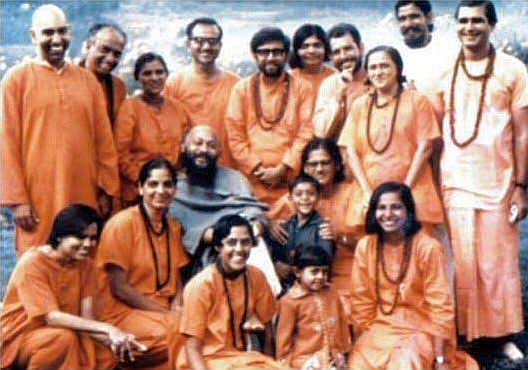Swami Chaitanya Keerti
Tantra is the foundation of most of the methods of energy transformation and meditation which are known to the world today. There are several books on Tantra, but the Vigyan Bharava Tantra by Lord Shiva is the most comprehensive book available today–and perhaps it is the first book–just as the Yoga Sutras of Patanjali is the first book on Yoga. Also, there have been some other Tantric masters who were also very prominent, but Shiva is really incomparable. He provided a systematic science of Tantra–so perfect that nothing else could be added to it. We may not have time to experiment with all the methods provided by him, but if we practice just a few methods out of 112, we can surely be transformed into new human beings. Gautama the Buddha is a glorious example who sincerely practiced only one of the first methods of breathing. While going through the practice of Tantra of breathing, he molded the method according to his own way and named it Vipassana. Vipassana is certainly based on breath-awareness methods of Vigyan Bharava Tantra. Happyho also provide best Meditation classes in Noida and Delhi NCR India area.
For example the first four sutras, Shiva tells Devi:
1. Radiant One, this experience may dawn between two breaths.After breath comes in (down) and just before turning up (out) – the beneficence.
2. As breath turns from down to up, and again as breath curves up to down – through both these turns, realize.
3. Or, whenever in-breath and out-breath fuse,
at this instant touch the energy-less, energy-filled center.
4. Or, when the breath is all out (up) and stopped of itself, or all in (down) and stopped -in such universal pause, one’s small self vanishes. This is difficult only for the impure.
These methods of meditation preceded Gautama the Buddha. He practiced them sincerely and during his practice, he stumbled upon a perfect method of watching his breath. He coined new names for it –Vipassana and Anapansati Yoga.
It is also worth remembering that in the eternity of spirituality, there has never been any copyright or trademark, as the modern world has become so foolishly obsessed with the ownership of trademarks. All the seekers of truth and sages of self-realisation did their sadhana–the practice of meditation– with the methods given by the enlightened ones to humanity.–as a gift to raise its consciousness. Had Shiva or Buddha asked for the copyright of their sutras, they would have become very ordinary traders, not the Kalyanmitras ( benevolent friends) as we regard them today. So, they could use the methods given by the previous sages and pass them on to others. This is what is actually meant by the Hindi word Pramapara–the process of passing on the spiritual discoveries and wisdom to the next generation. Every seeker on the path discovers in his unique individual way, but he is always grateful to the enlightened masters that preceded him. He receives it as an existential gift and without any claim of ownership, shares it with other seekers.
Bringing out the essence of sharing in Tantra Vision, Osho says , “Not because by sharing you will be helping others, no, but by sharing you will be growing. The more you share, the more you grow. It is not only a question of money. If you have the knowledge, share it. If you have meditation, share it! If you have love, share it. Whatsoever you have, share it, spread it all over; let it spread like the fragrance of a flower going to the winds.
The co-founder of the theosophical movement, Madame Blavatsky, had a strange habit her whole life. She had traveled widely and during her travels she carried bags of flower seeds with her. From the train window she would go on throwing seeds and when people would ask why, she used to say, “These are seeds of flowers, beautiful flowers. When the summer goes and the rains come, these seeds will become plants. Soon there will be millions of flowers. I will not be coming back on the route and I will never see them, but thousands of people will see them, thousands of people will enjoy their fragrance. My joy is that so many people will be joyful. I am not a miser. Whatever I can do to make people joyful, happy, I will do; it is part of my love.”





